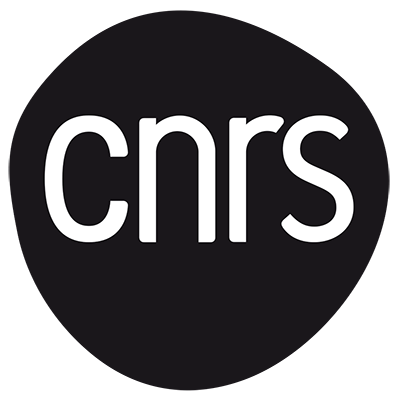Thesis defense Hugo Millet
https://umr1087.univ-nantes.fr/medias/photo/millet-hugo-4-_1751969955061-jpg
-
On 03 October 2025Amphithéâtre Denis Escandefalse false
-
14h00
Title of the thesis : Investigation of the arrhythmogenic potential of cardiac TTX-S sodium channels using an innovative photopharmacology approach
Equipe
Team II - Ion channels and cardiopathies
Directeur de thèse
Michel De WaardCo-Encadrant
Rapportrices
Stéphanie Barrere-Lemaire, PhD, DR CNRS, Institut de Génomique Fonctionelle, Montpellier
Evelyne Benoit, PhD, CRCN CNRS, CEA, Université Paris-Saclay, Paris
Examinateurs
Isabelle Baro-Puigdemasa, PhD, DR Inserm, l'institut du thorax, NantesPietro Mesirca, PhD, CRCN Inserm, Institut de Génomique Fonctionelle, Montpellier
Alexandre Mourot, PhD, DR Inserm, Laboratoire Plasticité du Cerveau, ESPCI, Paris
Abstract
Cardiac arrhythmias are a major public health issue, often linked to ion channel dysfunction. My thesis project focuses on the voltage-gated sodium channels expressed in the heart, in particular the isoforms sensitive to tetrodotoxin (TTX-S). Although their expression is in the minority compared with NaV1.5, their role in the emergence of arrhythmias remains poorly understood. My aim is to identify the isoforms involved in these disorders and to gain a better understanding of their functions at different scales in the living world. To do this, I am using peptides derived from animal venoms, which have a remarkable affinity and selectivity for certain isoforms, in order to target them precisely. Part of my project also involves developing photopharmacological approaches to spatio-temporally control the activity of these peptides. These innovative tools will enable me to explore the functional impact of these channels in cellular, tissue and animal models. By combining pharmacological and photopharmacological approaches, this research aims to shed light on the molecular mechanisms of arrhythmias and lay the foundations for the development of new targeted therapeutic strategies that are more effective and have fewer side effects than current treatments.

Updated on 25 August 2025.





